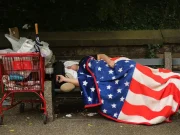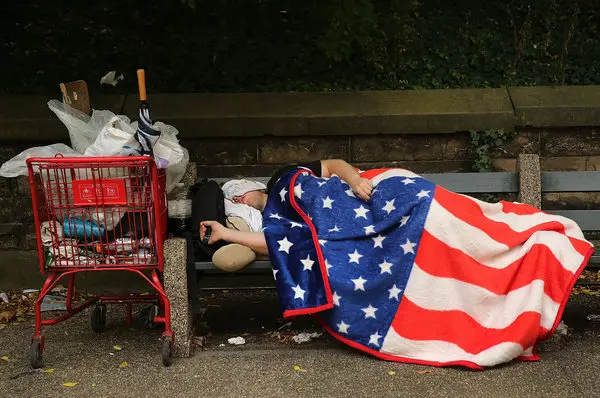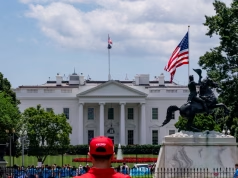Despite growing up in one of the world’s wealthiest nations, millions of young Americans remain stuck in poverty. For many, the dream of upward mobility feels increasingly out of reach. But this isn’t just about poor decisions or bad luck — it’s the result of systemic economic, social, and political barriers that disproportionately affect young people today.
1. Low Wages in a High-Cost Economy
Many young workers are employed in entry-level, part-time, or gig economy jobs that offer low pay and little stability. While these roles may provide some flexibility, they rarely include benefits like health insurance or paid leave. Even with full-time work, wages often fail to keep pace with the rising costs of rent, food, transportation, and healthcare.
Minimum wage in many states remains below the threshold needed to live comfortably. In fact, when adjusted for inflation, the federal minimum wage has lost significant value over the past few decades. For young people trying to support themselves — and often pay off student loans — the numbers simply don’t add up.
2. Crushing Student Debt
Higher education is often seen as the key to escaping poverty, but it comes at a steep cost. The average college graduate in the U.S. carries over $30,000 in student loan debt. This burden delays critical life milestones like buying a home, starting a business, or even saving for retirement.
Moreover, not all degrees guarantee well-paying jobs. Many graduates struggle to find employment in their field, leaving them underemployed or working jobs that don’t require a degree — all while still paying off massive loans.
3. Soaring Cost of Living
Major urban centers, where most jobs are located, have become increasingly unaffordable. Rent consumes a huge portion of income, often leaving little room for savings or emergencies. In cities like New York, Los Angeles, and San Francisco, young workers may spend over half their earnings just to keep a roof over their heads.
Healthcare is another major expense, especially for those without employer-sponsored coverage. One unexpected medical bill can plunge someone into debt — or force them to skip needed care altogether.
4. Racial and Economic Inequality
Poverty is not evenly distributed. Young people from marginalized communities — especially Black, Latino, and Indigenous youth — are more likely to face unemployment, underfunded schools, and generational poverty. These systemic inequalities make it harder to build wealth or access the same opportunities as their white counterparts.
At the same time, family background plays a big role. Those from wealthier households often receive financial support during early adulthood — help with rent, college tuition, or starting a business — while poorer youth are left to navigate the system alone.
5. Weak Safety Nets and Limited Support
The U.S. has some of the weakest social safety nets among developed countries. Programs like unemployment insurance, food assistance, and housing subsidies are often hard to access and come with strict eligibility rules. Young people, especially those who are single or childless, are frequently excluded.
This leaves many without a cushion when times get tough — whether it’s job loss, illness, or unexpected bills. Without support, even small setbacks can spiral into long-term financial instability.
6. Mental Health and Social Pressure
Mental health challenges are increasingly common among young adults, often linked to financial stress, job insecurity, and social isolation. Yet access to mental health services remains uneven and expensive.
In some cases, untreated conditions make it harder to hold down steady employment or manage personal finances. The stigma surrounding mental health issues can also prevent people from seeking help.
A Generation at a Crossroads
Young Americans are not lazy or entitled — they are navigating an economy that simply doesn’t work for them. They’re burdened with debt, priced out of housing, and earning wages that haven’t kept pace with inflation. At the same time, many face discrimination, limited job opportunities, and inadequate public support.
If the nation is serious about addressing poverty, the focus must shift toward:
- raising wages,
- reducing student debt,
- expanding affordable housing,
- strengthening safety nets,
- and tackling systemic inequality.
Until then, millions of young Americans will continue to struggle — not because they lack ambition, but because the odds are stacked against them from the start.

















